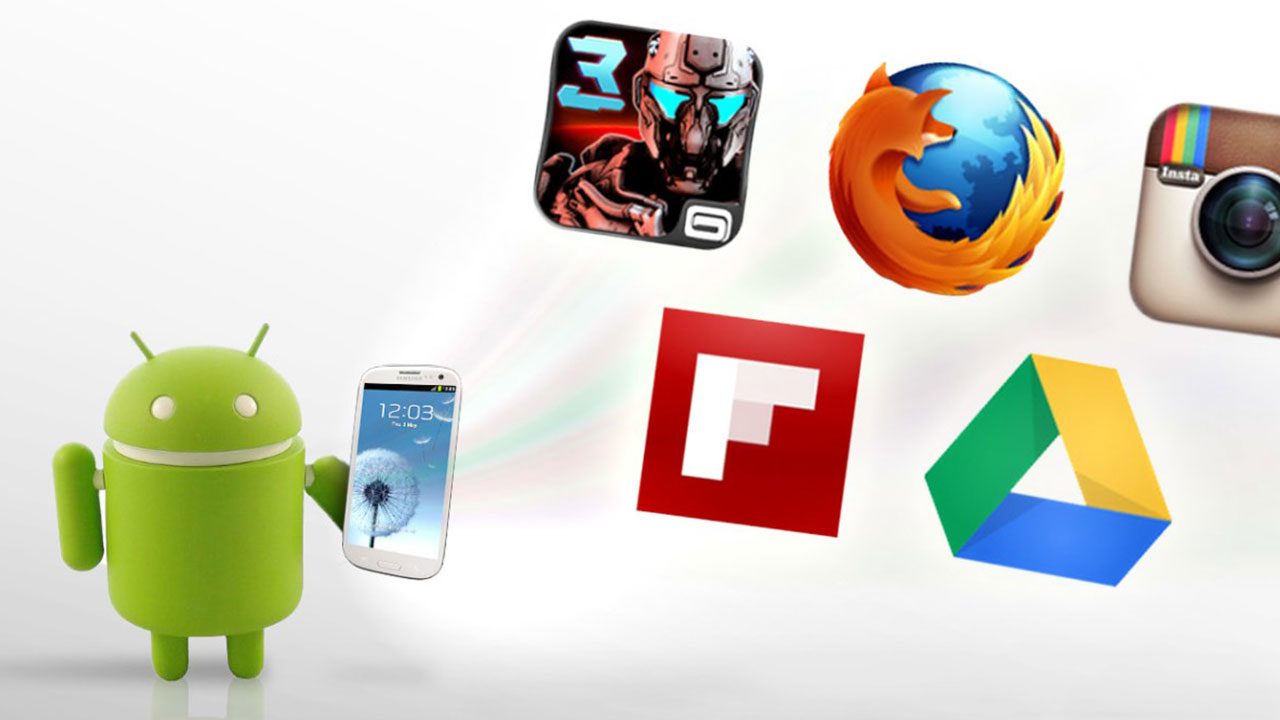It appears that the Australian love affair with Apple’s iPhone is finally giving way to Android as phones with similar or enhanced capabilities hit the market at a lower price.
Research released on July 10th by Analytics company Kantar Worldpanel and reported on ausdroid.net, shows that Android has captured at least half of the smartphone market in Australia, France, Italy, Spain and the United States.
According to Kantar Consumer Insight Director, Dominic Sunnebo, “We are seeing much of the Android sales growth being driven by consumers trading up from feature phones to smartphones. Android handsets currently offer an easier platform to enable these consumers to upgrade, as many first time smartphone consumers state ‘price of handset’ and ‘multimedia capabilities’ as their main reason for choosing an Android device. Our data shows that Android has a higher share of those consumers spending under £50 ($76 AUD) on buying their handset across the vast majority of countries we cover.”
It was always going to be interesting to see how much of a chunk the lower price Android devices were going to take out of Apple’s market share and it appears that the first evidence is in that it is going to be a tussle.
Irrespective of the exact numbers, as close as they will be it certainly appears that Android has become a respected alternative to iOS and a viable, long-term competitor.
As this battle unfolds each will fire a new arrow, Google recently announced their Jelly Bean (Android 4.1) mobile operating system at Google I/O 2012 following narrowly behind Apple’s release of new iOS 6 features at their earlier Apple Developer Conference.
The upcoming iPhone 5 release will certainly tilt the numbers back toward Apple however while there will certainly be new user acquisition as a result of the enhanced feature-set of iOS 6 and the new handset, the following iteration of Android with Jelly Bean opens up a number of new features for developers to take advantage of with compatible devices expected in late 2012 with Near Field Communications (NFC) set to dominate the discussion until that issue is cleared up!
Android will continue to evolve especially when combined with ongoing support from leading device manufacturers like Samsung, who recently announced a $4.08 million dollar Smart App Challenge that is open to a Global audience with the prizes going to 80 of the top apps developed using the Samsung Galaxy Tab and Galaxy Note, which also includes a specific category for development on the Galaxy Note with S Pen, one of their clear differentiators from the iPhone and iPad.
The iPhone market has always attracted a higher income demographic user which is also reflected in their app purchasing habits which show a greater tendency to buy paid apps or make in-app purchases however app discovery in the iTunes App Store is also becoming increasingly difficulty and there is a closed-door policy on information about the ranking mechanism from Apple
Google however, hit the issue head on at I/O 2012 and were openly transparent in discussions surrounding an app developers chances of getting featured on Google Play with developer advocate Dan Galpin and senior developer advocate Ian Lewis providing some pointers as covered on Inside Mobile Apps.
While development costs between iPhone and Android handsets has not yet reached parity, developers who are happy to develop a free app may consider the larger potential market and an increased understanding of app discovery opportunities, as an attractive option.
The feature competitive, lower price Android handsets were always going to capture a decent market share and while their growing popularity is demonstrated in the data, it is also clearly highlighted by adoption rates in low-income countries where computers and internet access were almost non-existent yet now, have some of the highest adoption and usage rates for mobile devices.
When you can buy a phone for $79 on a pre-paid plan and get access to a lot of the same apps as the iPhone (or at least a lot of apps with similar functionality), then this is going to be enough for a large part of the community.
Android now appears to be a viable challenger to the Apple iOS and it is going to be a feature by feature fight to the end.
The reality is, however, that the devices and mobile operating systems will continue to evolve and there will often be features that are more suited to some apps than others and any app development project should be assessed on its merits to determine the device that is most suitable for development and adoption of their app and that Android is now an equally viable option in terms of mobile phone sales.

